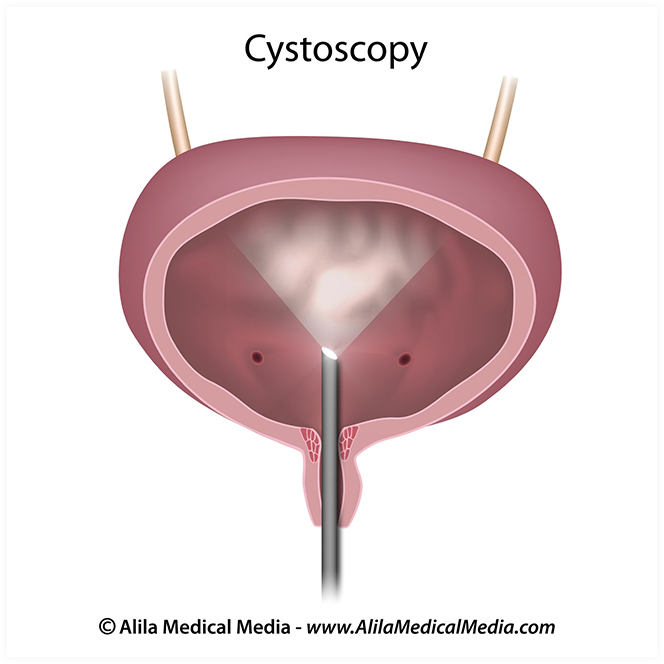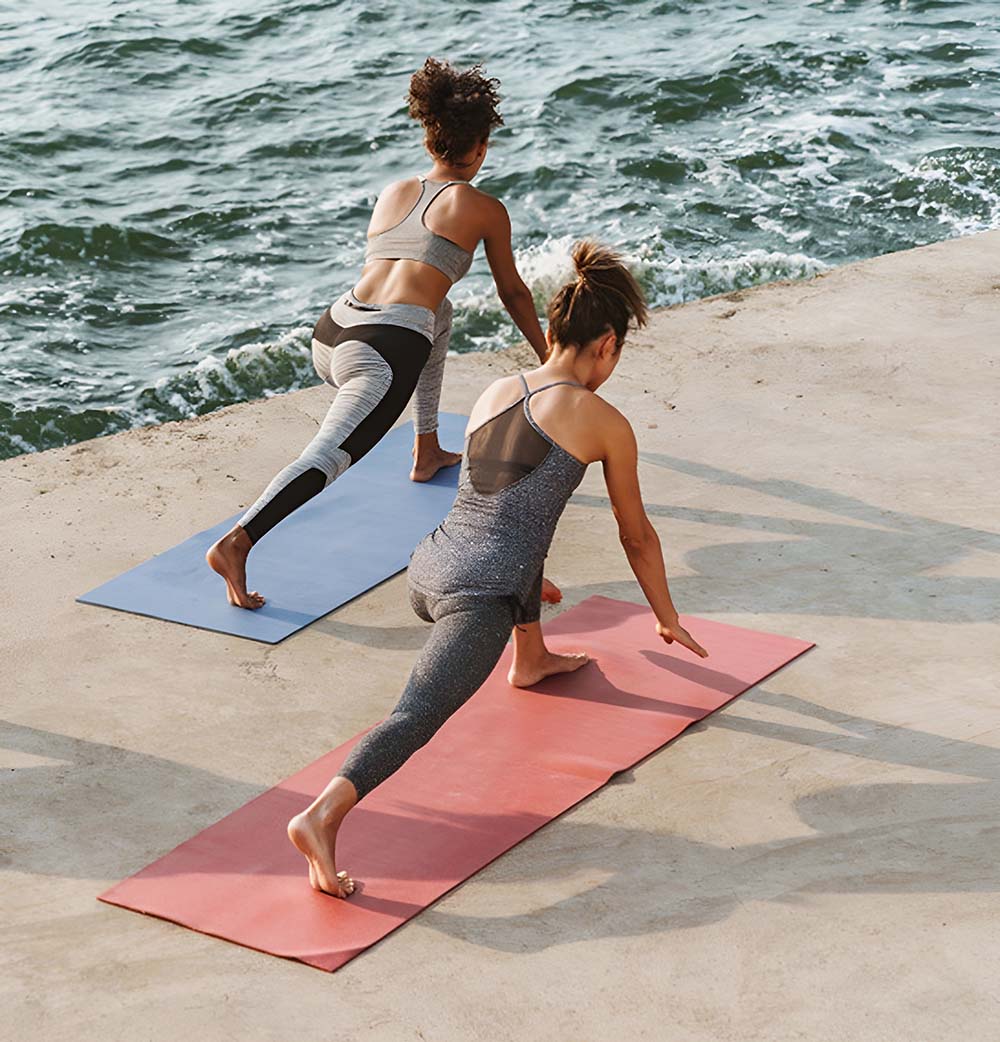Cystoscopy
What is it?
Cystoscopy is an office procedure where a urologist will pass a small tube through the urethra, in order to visualize the inside of the bladder. The tube has a camera and a light at the end, allowing us to see inside the bladder. This is done for workup of blood in the urine, or for further evaluation if you are having issues such as painful bladder syndrome, refractory overactive bladder, or recurrent urinary tract infections.
What is the procedure like?
After you arrive at the office, we will will have you change into a gown in the exam room. We will then position you in stirrups and gently clean the urethral opening with a sterile swab. We then apply a numbing ointment in the urethra in order to minimize discomfort. Once the procedure begins, you may feel a slight burning or stinging sensation as the scope passes through the urethra, but this lasts for a quick second. After the scope is in the bladder, you do not feel pain. The scope has a special light that illuminates the inside of the bladder. Dr. Kumar will be distending the bladder with sterile water so the walls of the bladder can be thoroughly inspected. This may make you may feel like you need to urinate during the procedure. Dr. Kumar will point out the bladder anatomy to you on the screen. You are free to close your eyes if you do not want to watch. If Dr. Kumar sees anything she feels needs to be biopsied, she will let you know. Cystoscopy takes about 5-10 minutes. When you go to urinate after the procedure, you may feel some burning or irritation, and this typically subsides by the next day. You may see a small amount of blood in the urine. If you do have discomfort afterward, there are medications you can take to relieve this.

Is it done under anesthesia?
Cystoscopy is a minimally invasive procedure that does not usually require any systemic anesthesia. The numbing ointment we use in the urethra is enough to minimize discomfort. In certain situations, you may have an underlying condition that would render a cystoscopy in the office more painful, and Dr. Kumar will discuss having it done under anesthesia if necessary.


 / 53 Reviews
/ 53 Reviews
